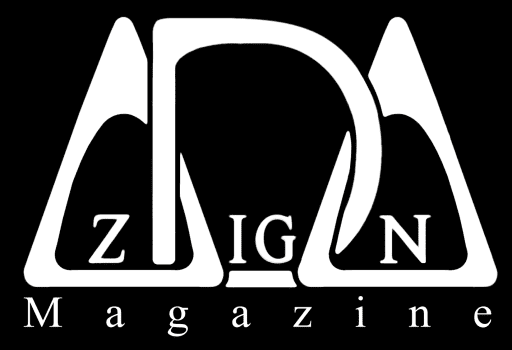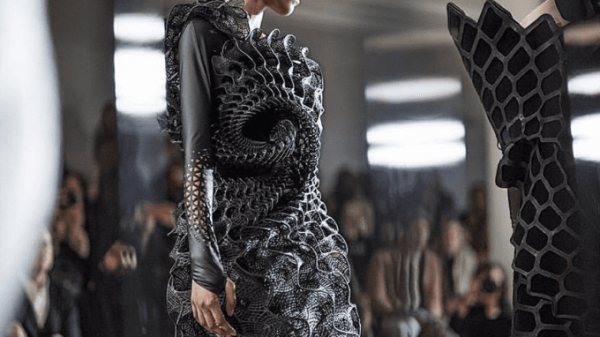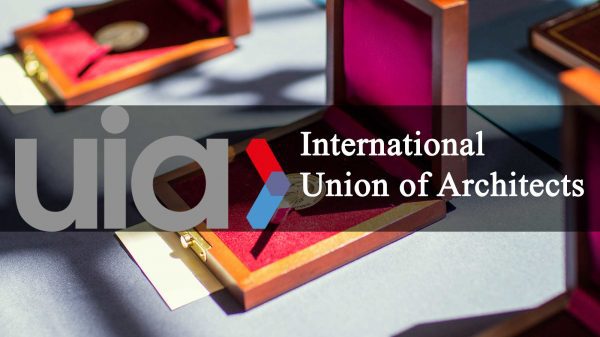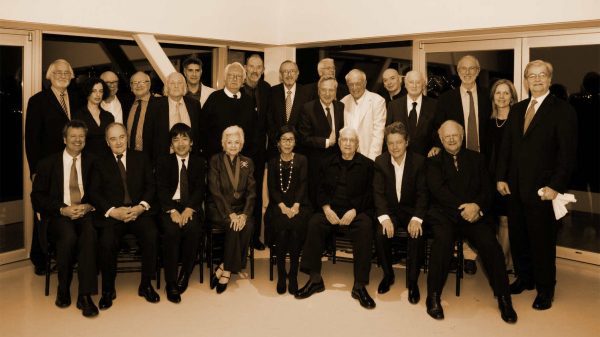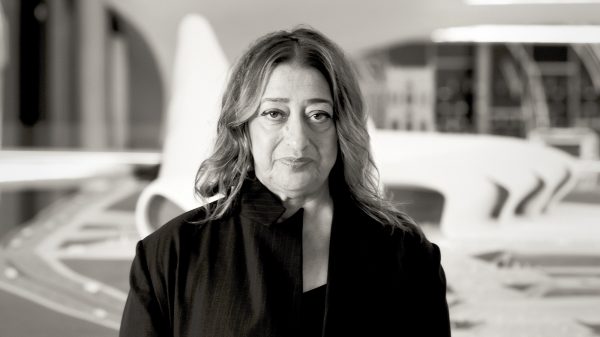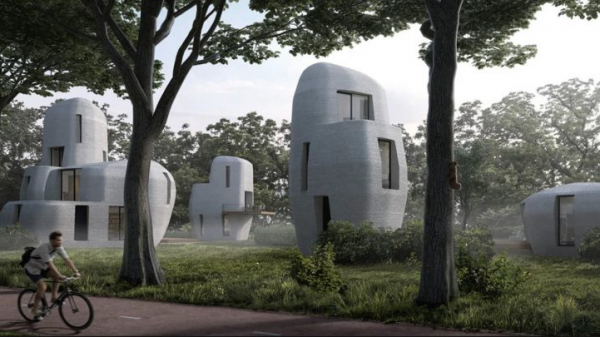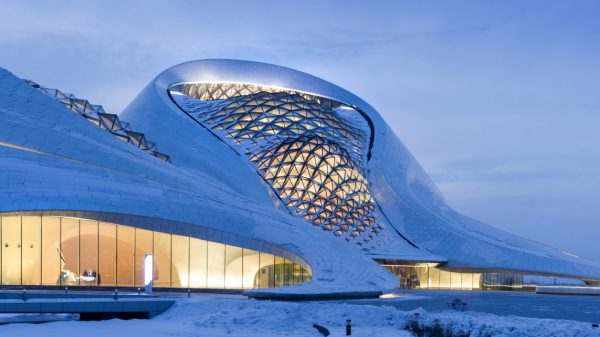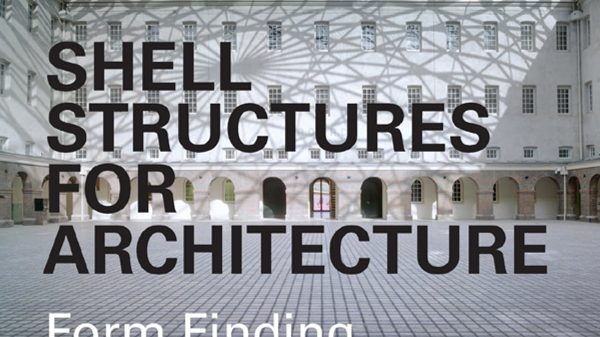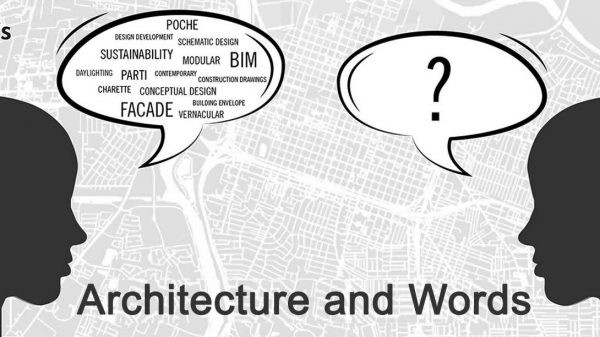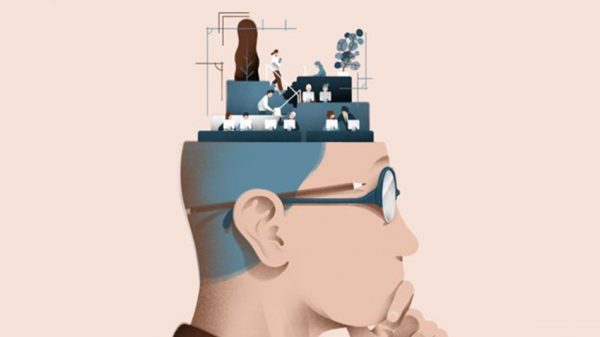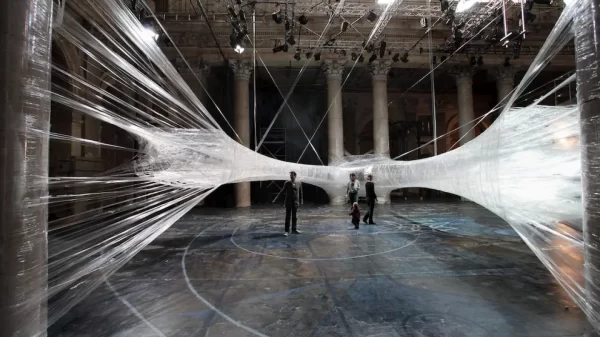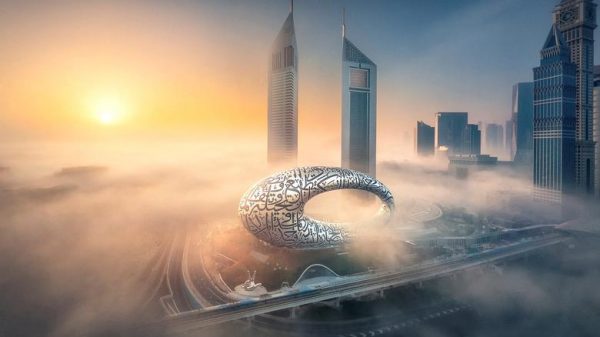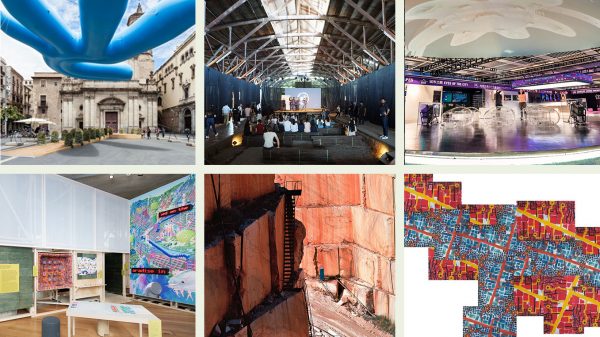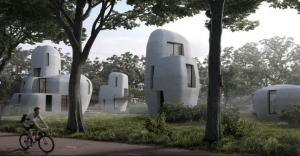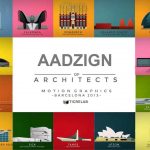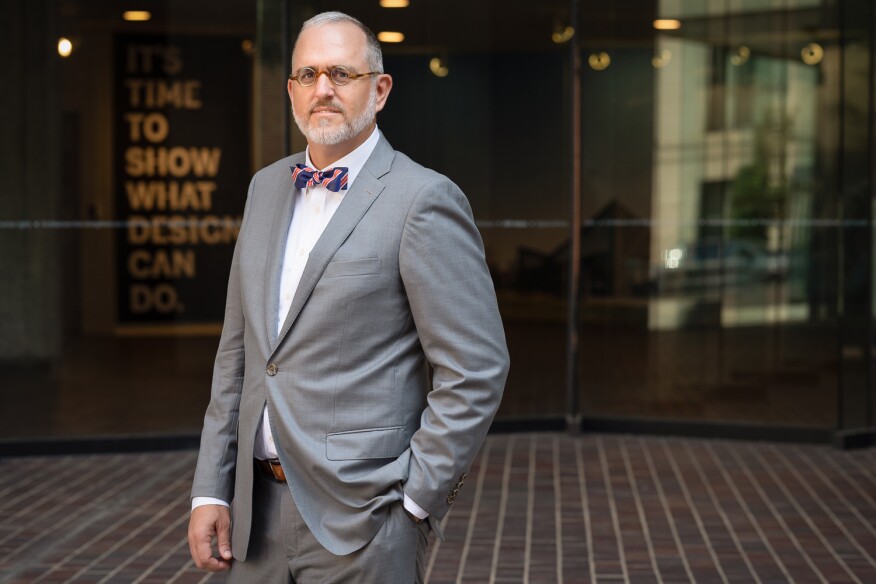
On Earth Day 2022, the planet is in crisis. From climate change and the continuing pandemic to senseless violence on multiple continents, the scope of challenges we face is daunting. We, as architects, naturally want to help. We’re charged with building a healthier and more equitable, sustainable world. But where do we even begin?
I have a simple suggestion: Be relevant.
That’s exactly what we did as the COVID-19 crisis unfolded in 2020. AIA architects went immediately into action— providing services, knowledge, and tools to help organizations and communities not just survive, but thrive.
Firms contributed resources and 3-D printing technology to produce protective masks. Special AIA task forces took action to coordinate with public officials on safely adapting existing buildings into health facilities—issuing expert guidance that was distributed by the State Department. In a series of virtual charrettes, AIA convened architects, public health experts, engineers, and facility managers for our Reopening America initiative.
I believe our work in 2020 will be remembered as one of AIA’s finest moments. We were relevant because we engaged where society needed us most—by showing, not just telling, how we could help. When we are relevant, we become valuable. When we are valuable, we have opportunities to prosper as a profession. We can do well as we do good.
That lesson applies to our dual institutional priorities: sustainability and equity.
We know that 40% of carbon emissions come from buildings. That alone makes us relevant and gives us agency in addressing the existential challenge of our day.
And AIA offers so many avenues and tools to make a difference.
Under the 2030 Commitment, we’re working to make sure all new buildings and major renovations are carbon neutral by 2030.
Obviously, that’s a big goal. You might think your firm isn’t big enough, or your city isn’t influential enough to make a dent in that goal. But here’s what you can do: Be relevant.
You can’t single-handedly make your city carbon neutral. But you can join an AIA Knowledge Community. And join the 2030 Challenge if you haven’t already. We have just achieved 1,000 signatories, and you can help us reach 2,000.
Check out AIA’s Framework for Design Excellence, and ask how your design can be more effective. Pick one project, and see how you can apply principles from any or all of the Framework’s 10 measures. The Framework’s measures include ecosystems, water, energy, equity, well-being, and— simply—change.
Speaking of platforms, AIA’s Advocacy page on AIA.org has a policy platform setting out our priorities—including infrastructure, resilience, sustainability, equitable communities, and affordable housing. You can weigh in on important legislation with the click of your mouse. Or better yet, attend a Lobby Day, like the one we’re hosting—both virtually and in person— this month.
Do you have clients who don’t show interest in sustainable design? Maybe one of the measures from the Framework provides an entry to the conversation. Is your mayor not committed to building equitable communities? Maybe they don’t realize the possibilities.
AIA has tools to explain design solutions addressing all these urgent challenges— from the climate crisis to racial injustice to the pandemic.
Our Blueprint for Better campaign site has a page devoted to tools and resources where you’ll find talking points for engaging with civic leaders. And you’ll find sustainability resources like the healthier materials protocols, a primer on renewable energy, and our guide “Design for Adaptability, Deconstruction, and Reuse.”
You’ll find case studies illustrating how community-centered design has transformed neglected neighborhoods into thriving spaces that promote health, equity, and opportunity.
Another great resource for showing design solutions in action is AIA’s Film Challenge. If you ever need to convince anyone in your community of the power of design, employ compelling stories by showing them a clip from a Film Challenge entry.
That’s what we’re all about, as architects, isn’t it? Demonstrating. Illustrating. Showing, not telling.
We combine the technical skills to transform spaces, and the creative and visual skills to share our vision. Design is our superpower.
That’s how we can get the buy-in we need from clients, from partners, and from local leaders to achieve our vision.
But they won’t know we can help unless we’re in the room, at the table, on the front lines.
Let this Earth Day be a reminder: Architects can help. Let’s be relevant.
